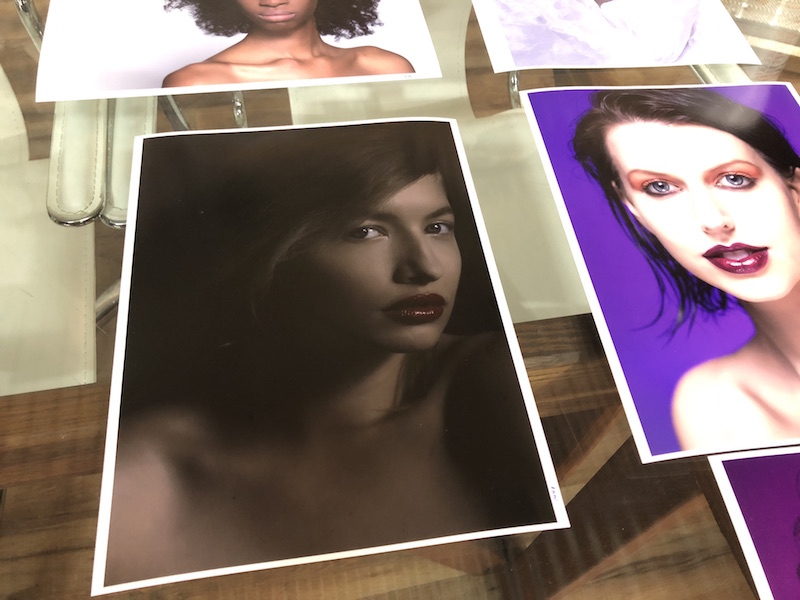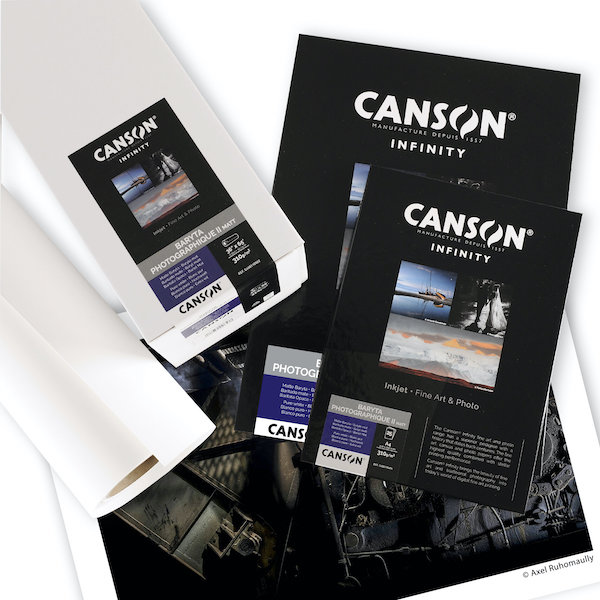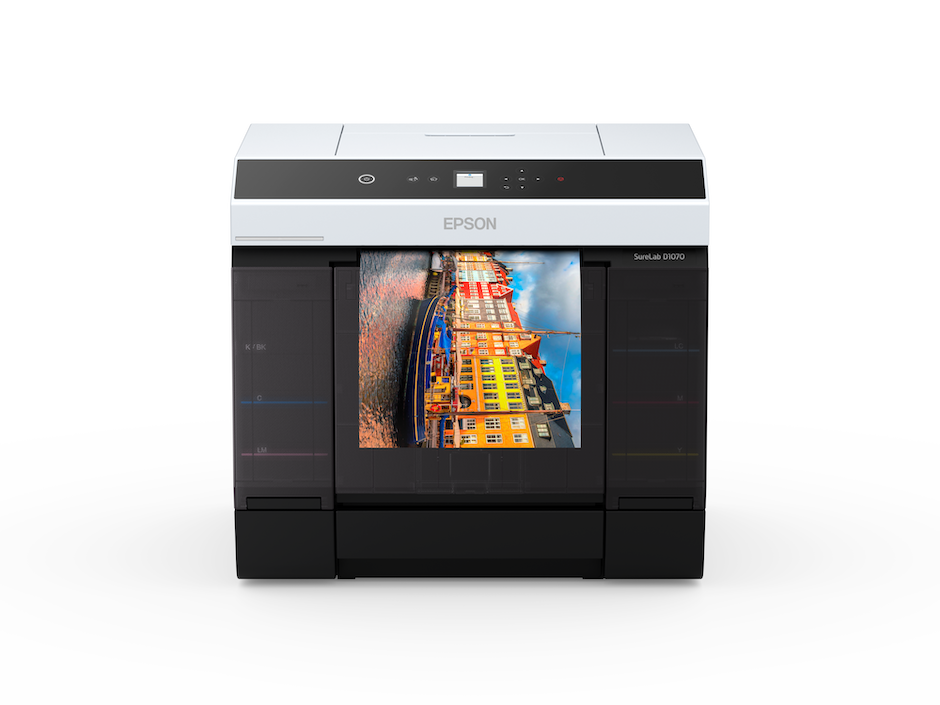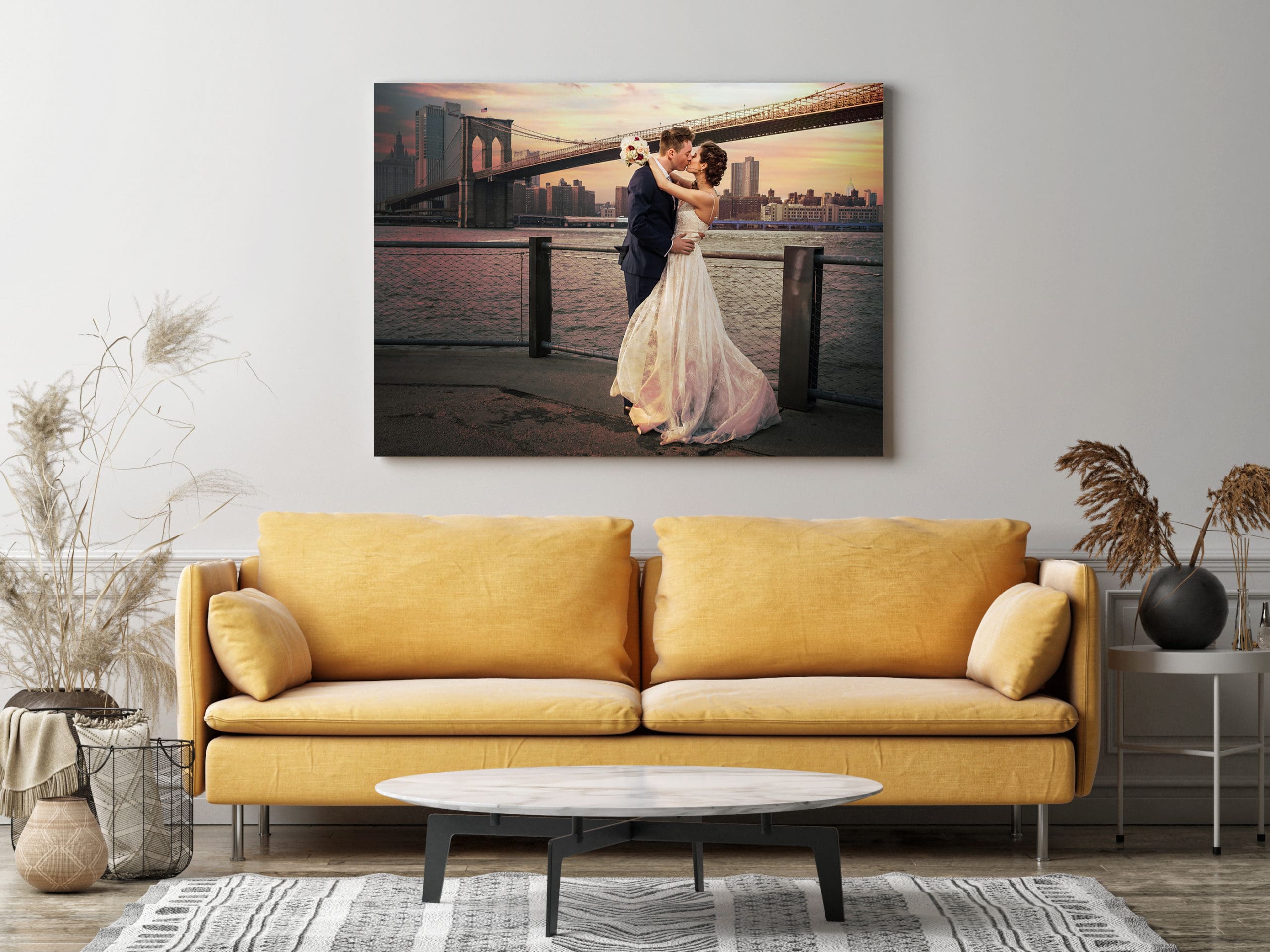Power of Print
The photographer John Sexton once described the printing process as “part of the magic of photography.” We couldn’t agree more. For Sexton, an Ansel Adams protégé, printing typically took place in a darkroom. For digital photographers, Baryta papers, with their thick fiber base and smooth, glossy finish, are a great way to reconnect with the silver prints Sexton found so magical. So we were excited to get our hands on Hahnemühle’s Photo Gloss Baryta Paper to see if we could rekindle some of that ole darkroom magic.
Photo Gloss Baryta is a bright white paper with a 100 percent alpha-cellulose base. It’s heavyweight 320gsm with a thickness of .33mm, an opacity of 97 and a whiteness value of 100—a very high score to achieve without adding optical brighteners, which can degrade a paper’s longevity.
The paper is acid-free and sold in various sheet sizes: 8.5 x 11, 11 x 17, 13 x 19 and 17 x 22 inches. It’s also available in 15-meter rolls in 17-, 24-, 44- and 50-inch widths.
We turned the paper over to New Jersey photographer and director David Patiño, who made prints from a Hasselblad H6D-50c on his Epson R2880. After downloading the proper profile and calibrating his MacBook, he produced several prints at 1440 DPI and at 5760 DPI.

All photos and prints © David Patiño
What We Liked
The paper has a beautifully smooth surface. Patiño printed a selection of very vivid and colorful portraits and tells us that skin tones were reproduced flawlessly. Colors were deeply saturated and shimmered on the paper’s glossy surface.

The glossy sheen of this Baryta paper is nicely balanced by its heavyweight alpha-cellulose base.
Black-and-white prints also showed a nice degree of contrast and deep, rich blacks, Patiño says.
It’s fast drying, too; prints are ready to be handled as soon they rolled out of the R2880. The paper’s thick weight gives it a premium feel—perfect for fine art.

What We Didn’t Like
The only negative Patiño found was the increasing cost of paper packs in size. While the Hahnemühle Baryta 320 is priced competitively at smaller sheet sizes, like 8.5 x 11, it becomes more expensive than some close competitors, like Epson’s Legacy Baryta and Moab’s Juniper, as you hit sheet sizes like 13 x 19.

It’s hard to do justice to this paper with a photo of a print, but here’s a closer look at a print we produced on the Epson R2880.
Bottom Line
Asked whether he’d buy the paper for his own work, Patino was unequivocal: “I would totally buy it.” If you’re a fan of the high-gloss that Baryta delivers, this thick, premium paper should be right up your alley.
INFO: www.hahnemuhle.com
Don’t Miss:
How to Make the Best Prints from Your Photos
How to Pick the Media for Your Prints





